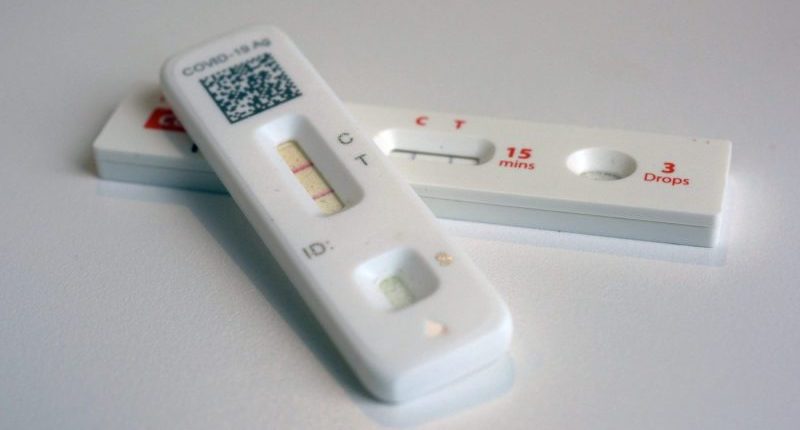Share this @internewscast.com

The recent uptick in COVID-19 cases in certain regions around the globe is attributed to a new variant now informally called “razor blade throat” COVID.
This variant, known scientifically as NB.1.8.1 or “Nimbus,” is reportedly linked to severe sore throat symptoms. Medical professionals in the United Kingdom, India, and other countries have noted this symptom, according to local reports.
Other COVID-19 symptoms of any variant include fever, chills, cough, shortness of breath or loss of taste or smell.
Experts say there isn’t major cause for concern with the Nimbus variant, but here ‘s what else you need to know about it.
Here’s where the variant causing ‘razor blade throat’ is spreading
The increase in infections was observed late last month, particularly in the eastern Mediterranean, Southeast Asia, and western Pacific areas, as stated by the World Health Organization on May 28. By mid-May, this new variant accounted for nearly 11% of the globally sequenced samples.
Airport screening in the United States detected the new variant in travelers arriving from those regions to destinations in California, Washington state, Virginia and New York.
You aren’t likely to get sicker from this variant than others
Not so far, anyway.
The WHO said some western Pacific countries have reported increases in COVID cases and hospitalizations, but there’s nothing so far to suggest that the disease associated with the new variant is more severe compared to other variants.
COVID-19 vaccines are effective against the Nimbus variant
Yes.
The WHO has designated Nimbus as a “variant under monitoring” and considers the public health risk low at the global level. Current vaccines are expected to remain effective.
Health Secretary Robert F. Kennedy Jr. announced last month that COVID-19 shots are no longer recommended for healthy children and pregnant women — a move immediately questioned by public health experts.












